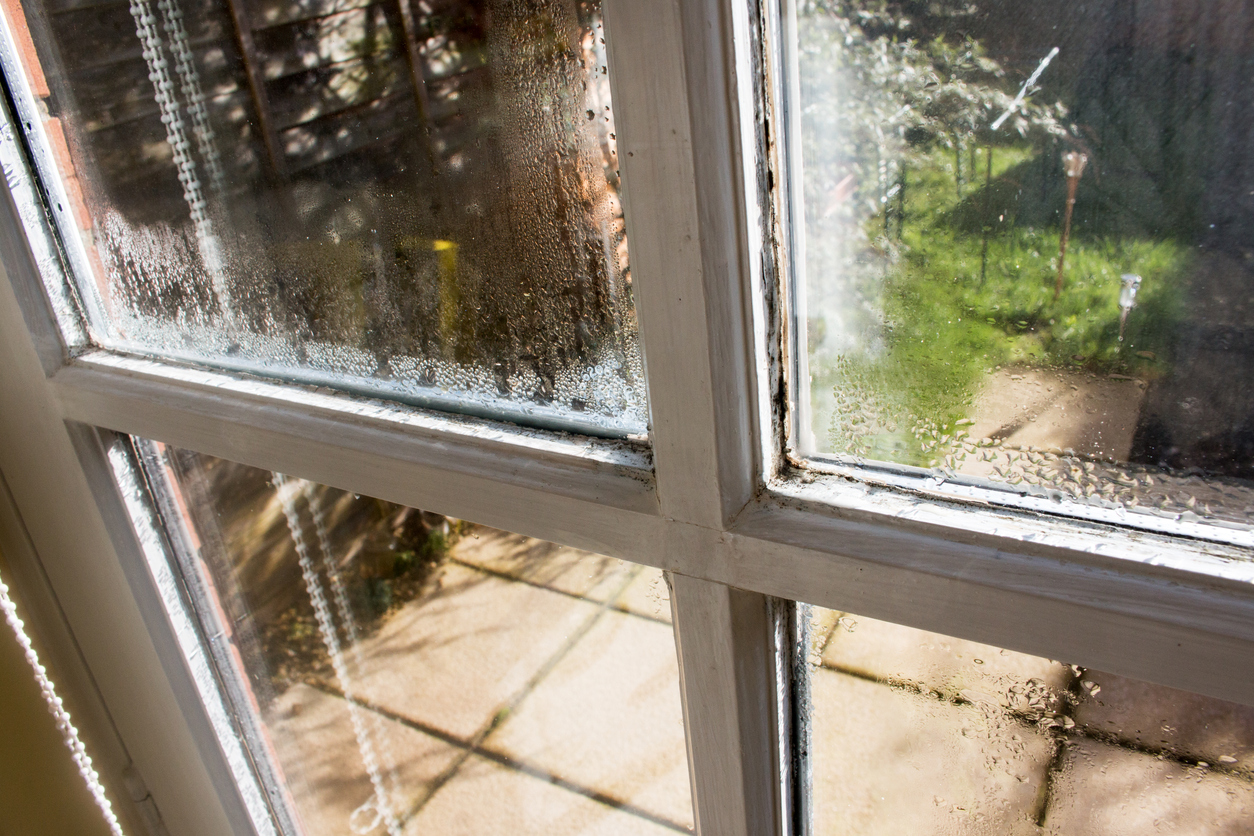Seasonal changes can affect the structure of your Dayton home’s windows. The expansion and contraction the windows are subjected to can weaken their seals and allow drafts around them. Drafty windows can negatively impact your HVAC system. Keep reading to find out how these windows affect your heating and cooling system.
The Effect of Drafty Windows on Your HVAC System
If you have older windows, they may have gaps and cracks along their frame. Newer windows may also have these gaps and cracks if they were installed incorrectly. In the winter, these gaps will allow warm indoor air to leave your home and colder outdoor air to enter. In the summer, they will allow heat from outside to come into your house.
All the outdoor air making its way into your home through the cracks and gaps around your window frames interferes with your home’s indoor temperature. Your HVAC system is forced to work overtime to regulate your home’s temperatures. As a result, the system consumes more energy, increasing your energy bills.
Another result of an HVAC system working harder is its interior components breaking down or wearing out faster. You may face unforeseen maintenance charges and even early replacement costs if your overtaxed system fails prematurely.
How to Stop Drafts
You can block off drafts through the following methods:
- Seal gaps around frames using caulk or weatherstripping.
- Install storm doors and windows.
- Add curtains and insulating films to chilly windows.
If you don’t address drafty windows, you’ll increase the chances of your HVAC system needing repairs in addition to spending more on energy costs. HVAC professionals have special tools that they can use to help you locate the sources of drafts in your home. If you need any HVAC services in the Dayton area, don’t hesitate to contact the heating and cooling professionals at Ace Hardware Home Services.







